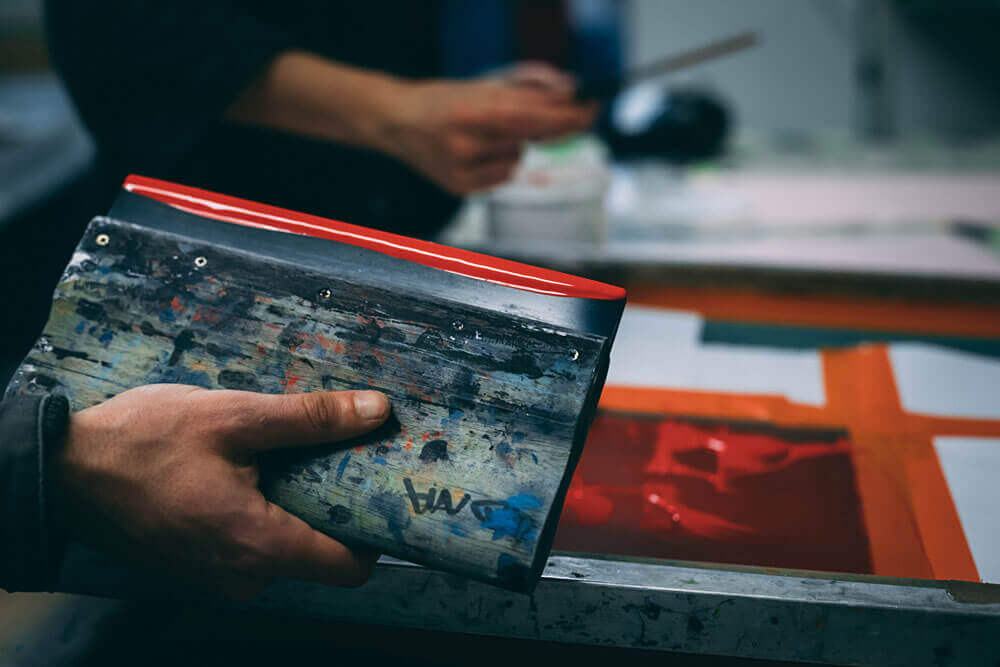
If you like art, you’ve probably heard the term “screen printing” before, but you may not know exactly what that means. Countless artworks have been created using the screen printing technique over the years. Andy Warhol and Roy Lichtenstein are two of the best known examples.
If you like art, you might be interested in how the process of creating a screen print works. This article describes what screen printing is, using a minimum of technical terms, and also explains the differences between the terms screen printing, silk-screen, and serigraph.
At the end of this article, you will find exciting news about the upcoming release of Koichiro Takagi’s new artworks. We would be delighted if you read the article to the end.
What is Screen Printing?
Screen printing is a printing technique that uses a squeegee to push ink through a mesh screen resulting in a print on the paper underneath, using photo emulsion (UV rays) to create areas of resistance on a mesh or fabric screen, which has been stretched over a wooden or aluminum frame.
The video above gives a rough idea of the screen printing process. You may be wondering what the artist in the video is doing from 1:08 to 2:17.
In order to understand this process, first we need to learn about photo emulsion.
Photo Emulsion
The photo emulsion, a light-sensitive gel-like substance, typically contains silver halide crystals. Taking advantage of these light-sensitive properties, the photo emulsion is used to create different areas on the screen where the ink will, and will not pass through.
The photo emulsion is spread over the screen and allowed to dry. A design which is printed on clear acetate, called a positive, is applied to the photo emulsion by putting the screen along with the design into a vacuum exposure machine and exposing them to UV light.
When the photo emulsion is exposed to UV light, it hardens everywhere except for the area protected by the UV blocking design. That’s how the photo emulsion under the design is able to be washed off and the design is then revealed on the screen. The areas that have not been hardened and subsequently washed away will be where the ink will passes through in each phase of printing. This is how photo emulsion for screen printing works.
Two Features of Screen Printing
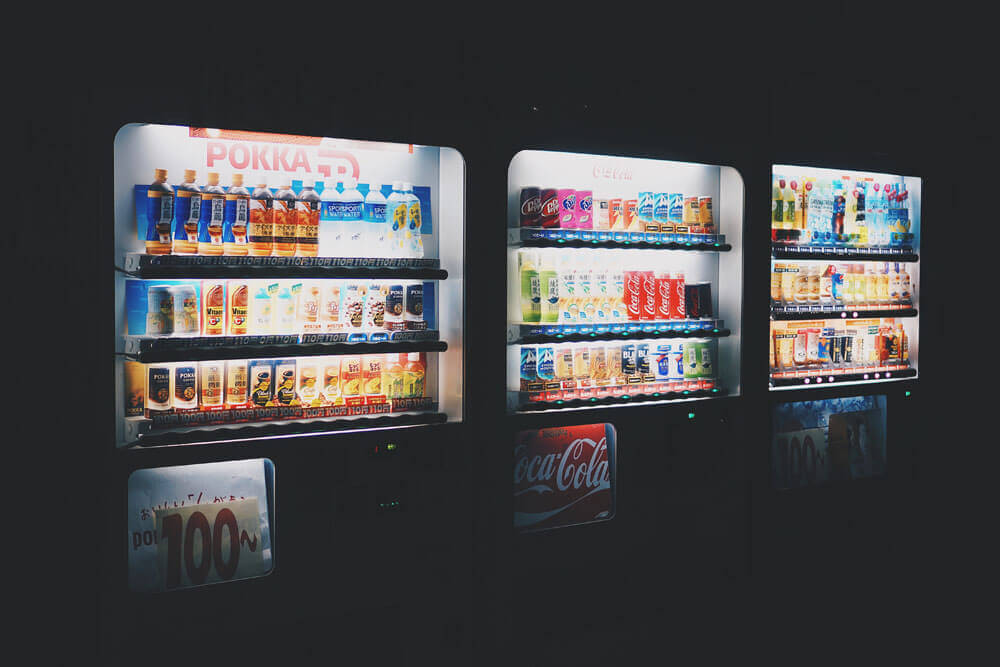
Screen printing has two main features:
It makes it possible to print on a large variety of objects, including, but not limited to paper, fabric, glass, acrylic, wood, and stone. In Japan many people buy drinks from vending machines, without realizing that the sample drink cans are made by the screen printing process. The reason for this is that screen printing creates colours that are resistant to fading, even when placed outside and exposed to the sun for long periods of time.
Screen printing has a wide range of colour expression since it allows the artist to use a thicker ink and even ink mixed with large-grain materials like glitters.
Since screen printing uses ink thick enough to to be perceptible by touch, it is excellent at rendering deep, dark colours (or thick block colours) that are not possible using other printing techniques.
Difference Between Screen Printing and Serigraph
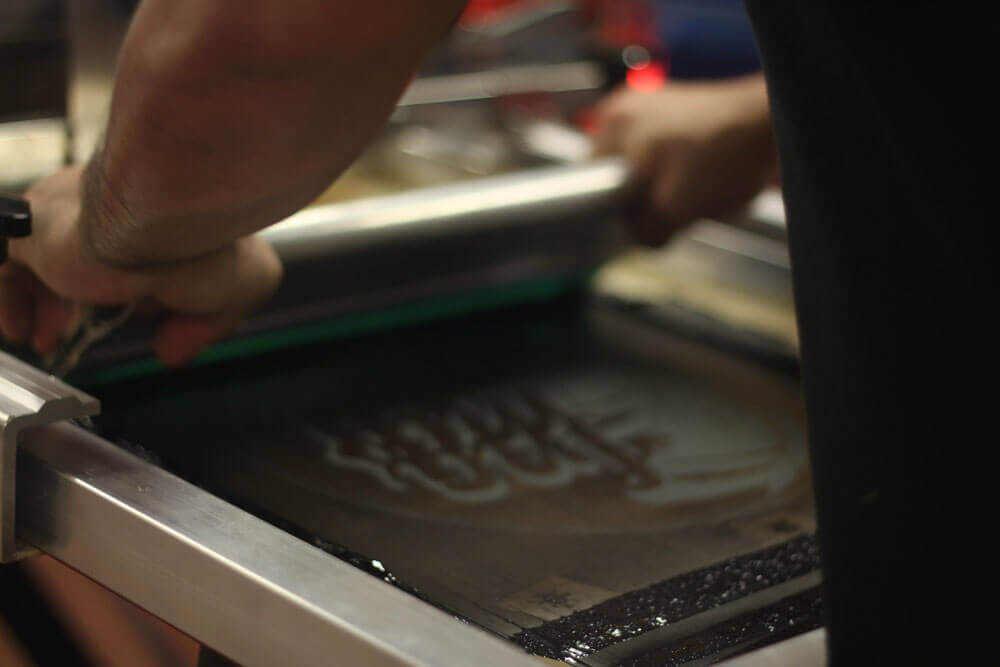
The field of screen printing was developed because it had the benefit of being able to print many kinds of objects at high volume in commercial and industrial fields. It gradually gained a cult following among artists, who started using screen printing for their creations due to technical advances.
In the 1930s, Carl Zigrossor, curator of the Philadelphia Museum, coined the term serigraph to differentiate between artistic and commercial screen printing.
Serigraph is a term that combines two different words: the Latin word ‘seri’ meaning ‘silk’ and the Greek word ‘graphos’ meaning ‘to write’.
In 1938, Guy Maccoy, who later became the Father of Serigraphy, held his first solo exhibition of the newly named “Serigraphs” at the Contemporary Art Gallery in 1938. Afterward, many other artists opened exhibitions of art made by serigraph .
Screen printing and serigraph are actually the same printing technique, we just use different terms to distinguish the purpose. Screen printing is used for prints made for commercial purposes, where as serigraph is used to describe prints made for an artistic or creative reasons.
If we look at Google Trends results in the United States, people generally use screen printing as a search key more often than serigraph. The UK, Canada, and Australia have the same results.
The difference Between Screen Printing and Silk-Screen Print
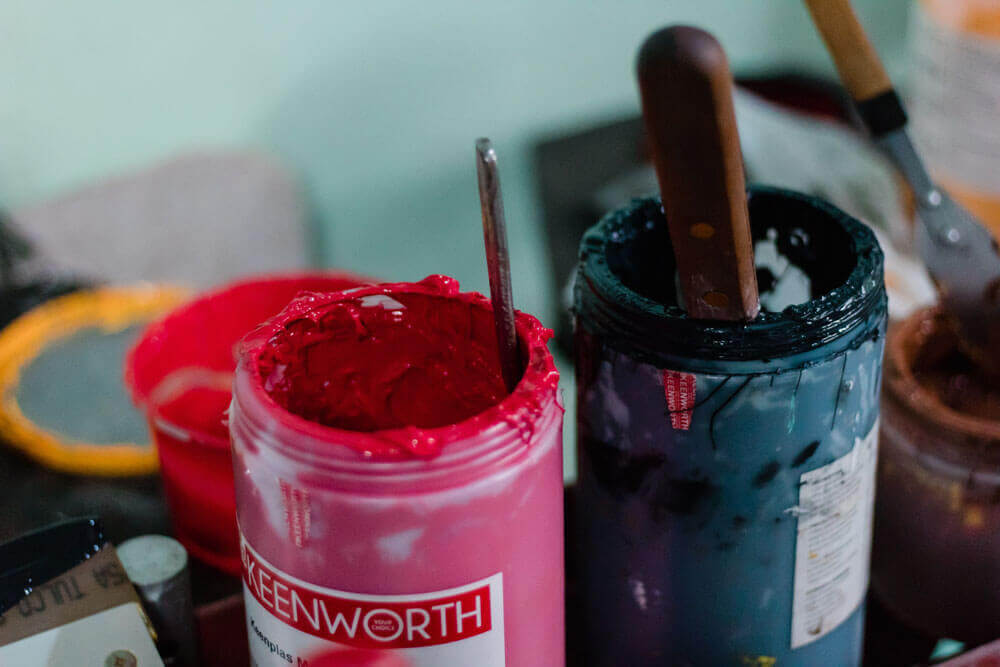
Silk used for parachutes was replaced by polyester by the end of World War II, as polyester is much cheaper and more durable than silk. The advent of new synthetic fibres had an impact not only on the military, but also in the art field. The silk stretched over the frames used for screen printing was also replaced by polyester fibre.
As a result, silk-screen printing is now called screen printing, without the word “silk” because silk is no longer used.
The term silk-screen is still familiar to Japanese people and is used as a search word by many people here in Japan according to Google Trends*.
This is in contrast to the western world, where “screen print” is now more common while silk-screen seems dated.
*Google Trends provides access to a largely unfiltered sample of actual searches on Google.
New Screen Print by Koichiro Takagi Released Soon
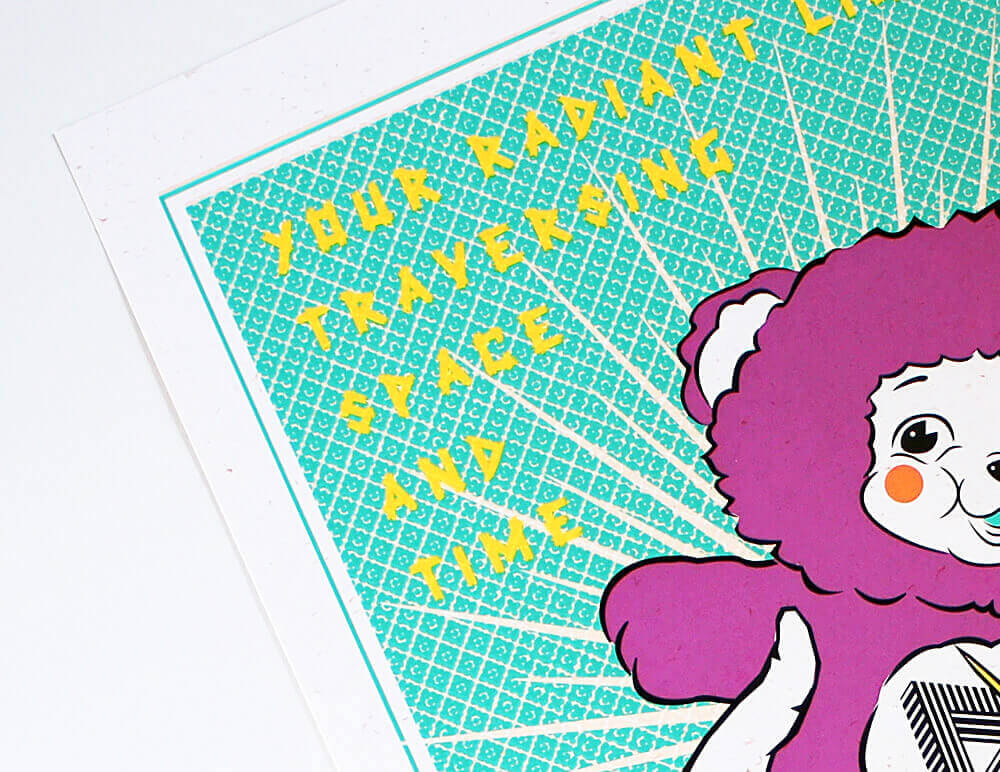
Now that you have a better understanding of what screen printing is, we have some information related to screen prints to share with you.
Jet-Black Gallery has teamed up with Tokyo based artist Kochiro Takagi to release an exclusive limited edition screen print. Further details will be announced soon. You’re gonna love it.
Subscribe to our mail magazine and get information on new items and special offers. Register for free.
>>Subscribe to mail magazine
参考資料:
・グラフィック社編集部『デザインのひきだし16 スクリーン印刷ですごい印刷』(Graphic-sha Publishing Co., Ltd.、2012)
・多摩美術大学校友会編『新しいシルクスクリーン入門』(誠文堂新光社、2001)
・Caspar Williamson “Reinventing SCREEN PRINTING”(Graphic-sha Publishing Co., Ltd., 2013)
・acureアキュア, 色鮮やか!本物みたいに「おいしそう」!”自販機の顔”を彩る<印刷のエキスパートたち>
・GUY MACCOY, “BIOGRAPHY”
・Middlesex University, “Printmaking at Middlesex: Screenprinting”
・Quality Logo Products, “How Emulsion Works (in Less Than 1 Minute)”
